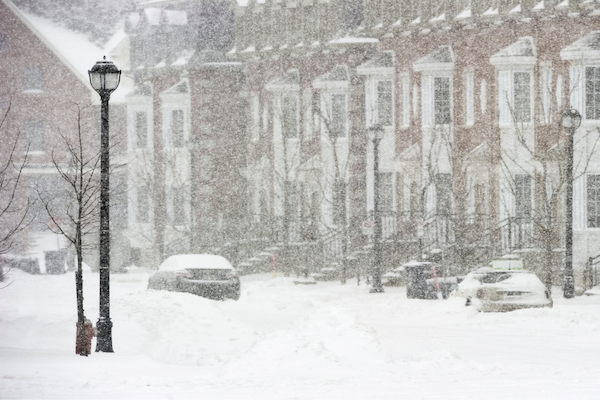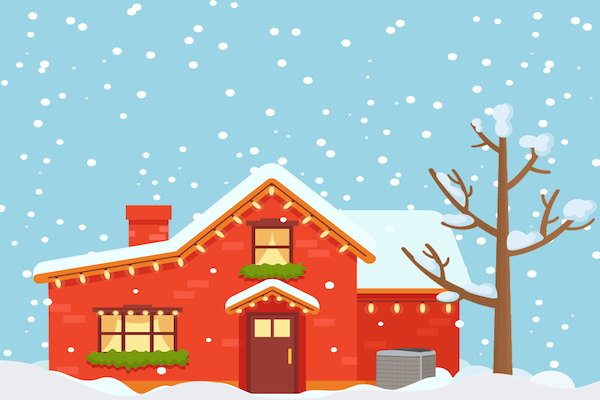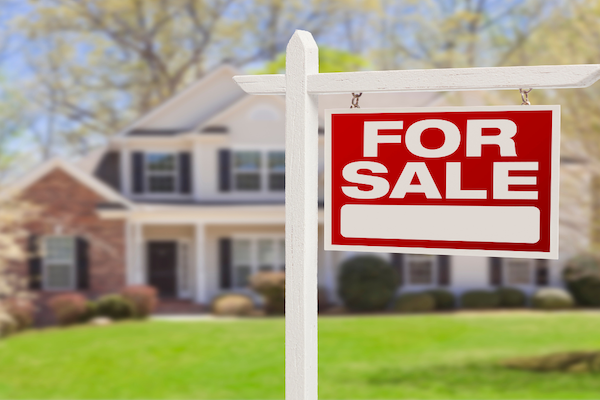With winter fast approaching, it is crucial to consider the possibility of severe weather in the Northeast during the colder months, particularly nor’easters. The combination of heavy precipitation and heavy winds, usually alongside significant snow and ice, comes with a host of potential hazards to our homes, including HVAC equipment. Ensuring that you are adequately prepared for a potential nor’easter is essential to preventing breakdowns or damage to your system that can lead to costly repairs and leave you without heat in your home when you need it most. However, with some knowledge and preparation, you can increase your chances of staying comfortable, no matter the weather.
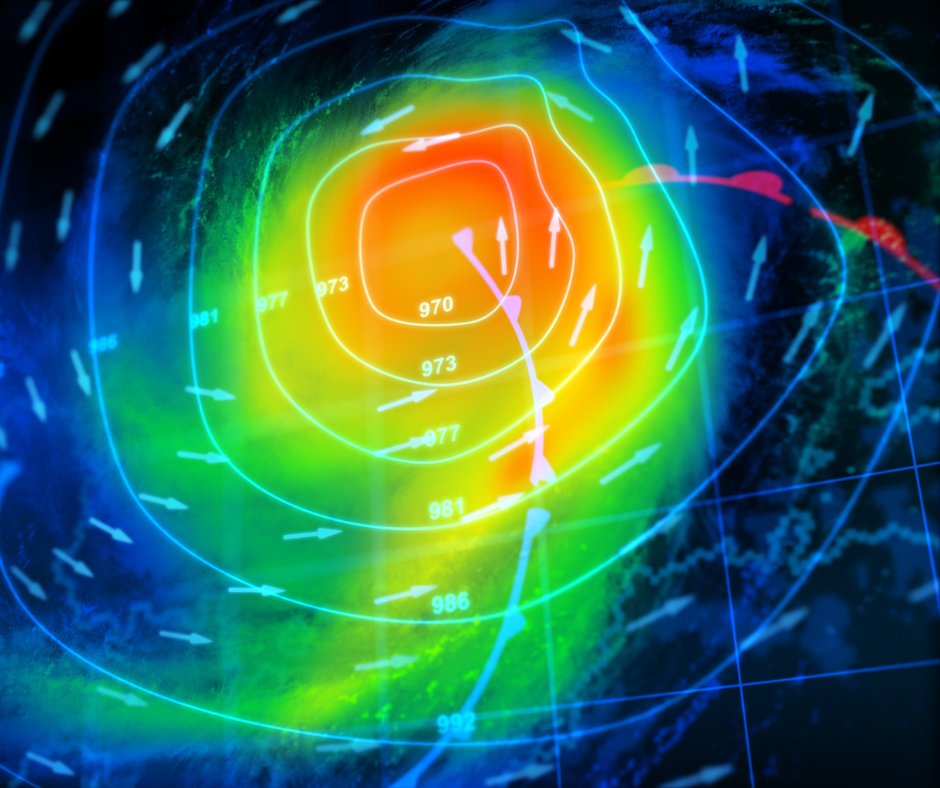
Understanding Nor’easters
According to NOAA, a nor’easter is a storm that forms along North America’s East Coast. It is named after the direction from which the winds blow over the New England and Mid-Atlantic states. Warm water is generated through the Gulf Stream, which heats the air above the water. On land, however, the air is cold. When the two air temperatures collide, it fuels a nor’easter. Similar to hurricanes, nor’easters exhibit a counter-clockwise wind pattern. This swirling motion draws moisture from the Atlantic Ocean towards the Northeast, resulting in substantial precipitation, commonly in the form of snow, along with flooding and high winds.
Hazards to your HVAC system can include:
- Snow or ice buildup
- Debris, such as branches and rocks
- Moisture around sensitive elements
- Frozen components
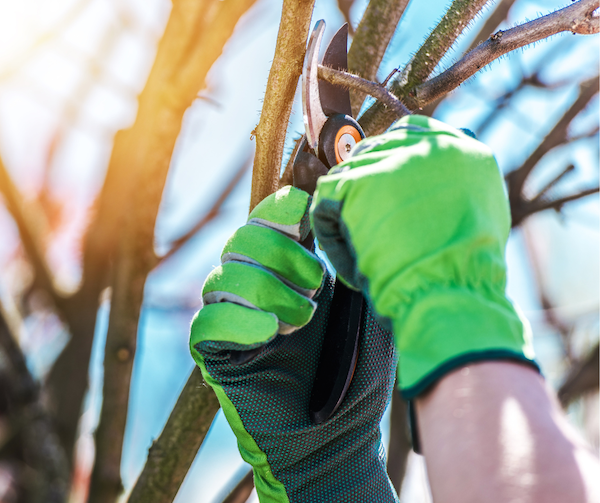
Protecting your System
Alongside proper professional inspections and maintenance of your HVAC equipment, there are some strategies to protect your system during a nor’easter.
-
Insulate and Seal:
Insulation is the barrier between external and internal temperatures. It is essential to have insulation around any exposed pipes or coils to prevent them from freezing and to seal around doors and windows to prevent cold air and moisture from causing your system to overwork.
-
Use Protective Coverings:
Installing a cover over your outdoor unit can shield it from snow, ice, and debris. However, please consult your HVAC technician to ensure it won’t impede functionality or pose safety hazards.
- Trim Trees:
Landscape the area around your outdoor unit to remove any overhanging branches to reduce the risk of potential harm caused by debris.
-
Move Outdoor Objects:
If you have any outdoor furniture, toys, planters, etc., around your unit, it would be wise to move them to another location. This protects those items, as well as anything that could come in contact with an outside HVAC unit during high winds.
-
Install Surge Protectors:
Adding a surge protector for your HVAC system will minimize the risk of damage from electrical surges during a storm.
-
Clear Debris and Snow:
If it is safe to do so during the storm, periodically inspect and remove any snow, ice buildup, and debris that might hinder your unit’s operation. Also check the exhaust pipe to ensure it has not been blocked with snow causing carbon monoxide to build within your home.
Taking these precautions prior to a storm’s arrival can help protect your heating system, keep you warm, safe and comfortable during severe winter weather and give you peace of mind.
If you know someone who could benefit from this blog, please share it.
If your question still needs answering or you’d like to schedule a consultation, contact the friendly team at Genove Oil & Air, and we’ll help you find the right solution for your home or business.
Whether you need home heating oil or Bioheat delivery, or installation and service of oil & natural gas systems for HVAC, heating, and cooling—call us at 781-893-9191 or email us.

